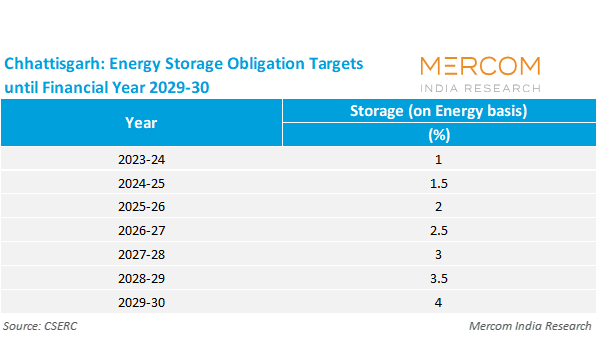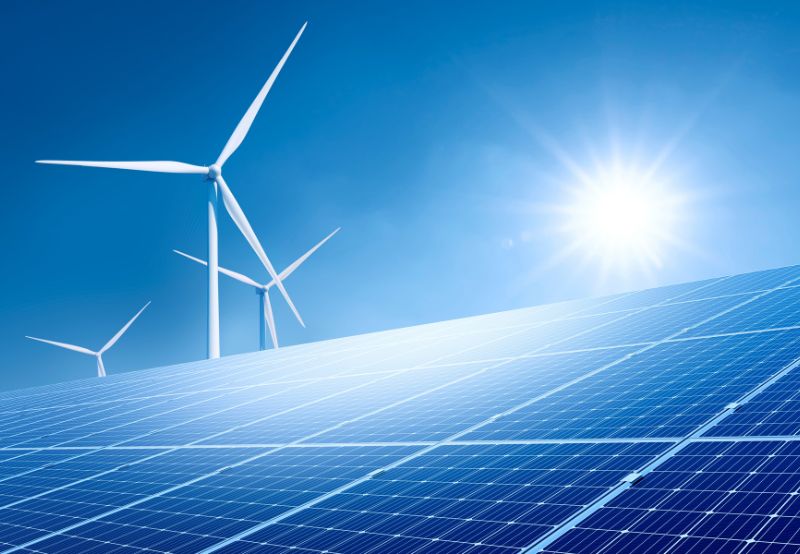Chhattisgarh Proposes RPO Norms for Distributed Energy and Storage
The draft regulations propose RPO targets for obligated entities until FY 2030
August 4, 2025
Follow Mercom India on WhatsApp for exclusive updates on clean energy news and insights
The Chhattisgarh State Electricity Regulatory Commission (CSERC) has issued the draft Renewable Purchase Obligation (RPO) and REC Framework Implementation (Second Amendment) Regulations, 2025, proposing sweeping changes to the state’s renewable energy procurement norms.
The amendments introduce new RPO categories, revised multi-year obligation trajectories, mandatory compliance by captive fossil fuel-based cogeneration users, and an energy storage obligation (ESO) applicable to all obligated entities.
These amendments follow major national policy shifts, including the Ministry of Power’s notifications dated October 20, 2023, and April 16, 2025, as well as the Appellate Tribunal for Electricity judgment in February 2024, which mandated RPO compliance for all captive users, including those using fossil fuel-based cogeneration.
The draft is aligned with India’s national commitments towards net-zero emissions by 2070 and the target of achieving 500 GW of non-fossil fuel energy by 2030, as announced at COP-26 in Glasgow.
In 2021, the Commission had issued a draft notification for the state’s RPO and renewable energy certificates framework regulations for 2021-2026.
Revised RPO Trajectories
The amendments introduce a new distributed RPO category, defined as RPO to be fulfilled through renewable energy projects of less than 10 MW capacity. This provision covers installations under net metering, group net metering, virtual net metering, behind-the-meter configurations, and other Commission-approved mechanisms.
The draft specifies the following annual RPO targets for all obligated entities (distribution licensees, open access consumers, and captive users):
For open access and captive users operating fossil fuel-based cogeneration units, a separate obligation is introduced for FY 2026, capped at 50% of the regular target.
The amendments specify that wind and hydropower RPOs must be fulfilled through power generated by projects commissioned after March 31, 2024. Other RPOs can be fulfilled using power from older projects commissioned before April 1, 2024.
In the absence of metered data for distributed generation, the Commission will assume a standard generation rate of 3.5 kWh/kW/day.
Energy Storage Obligation
The Commission has proposed a mandatory ESO for all obligated entities, specifying that a portion of the total energy consumed must be met through renewable energy stored in energy storage systems.
The ESO trajectory is as follows:
To qualify for RPO compliance, at least 85% of the energy stored must originate from renewable sources. The energy discharged from these systems will count towards the total RPO.
In April this year, the Bihar Electricity Regulatory Commission also proposed a distributed renewable energy RPO for the financial year (FY) 2030.
Subscribe to Mercom’s real-time Regulatory Updates to ensure you don’t miss any critical updates from the renewable industry.


